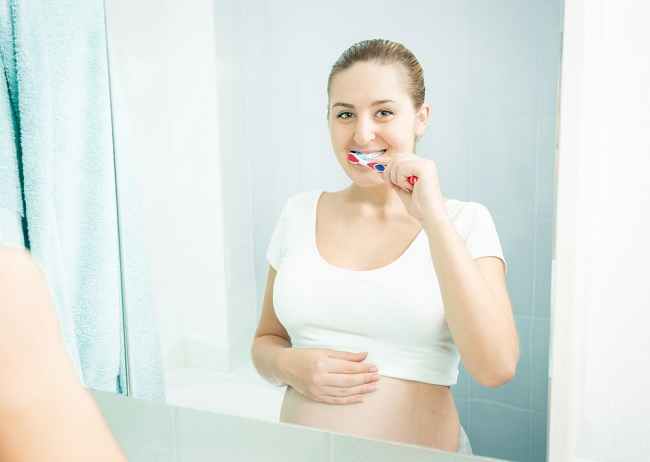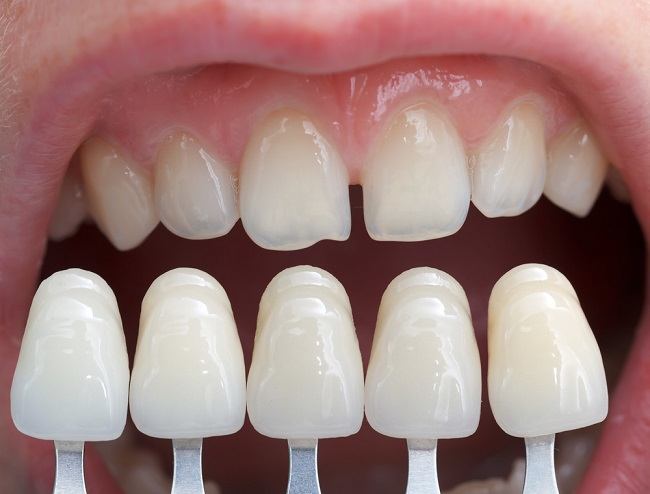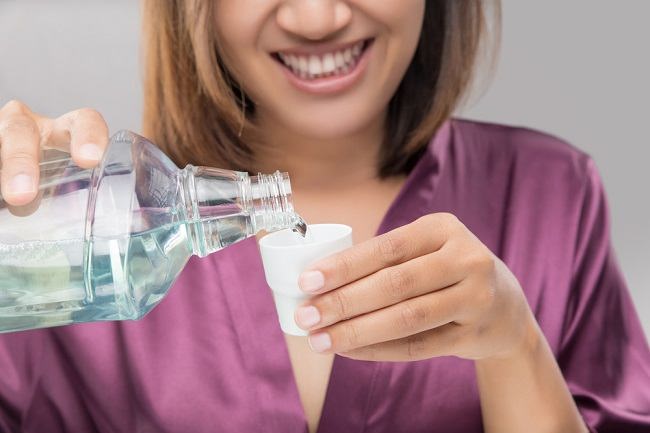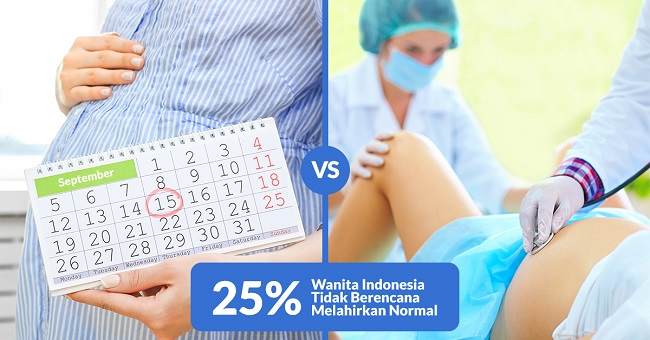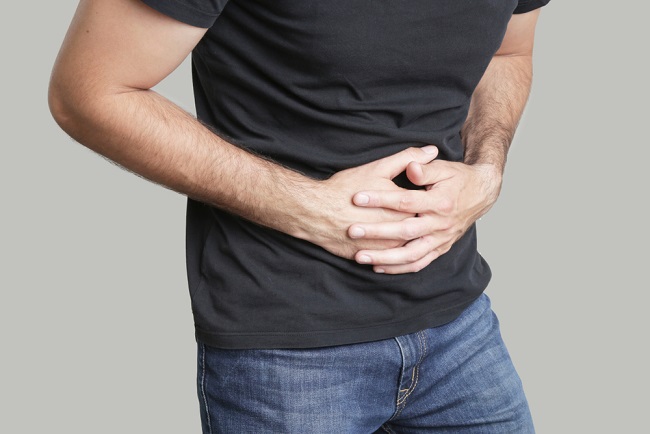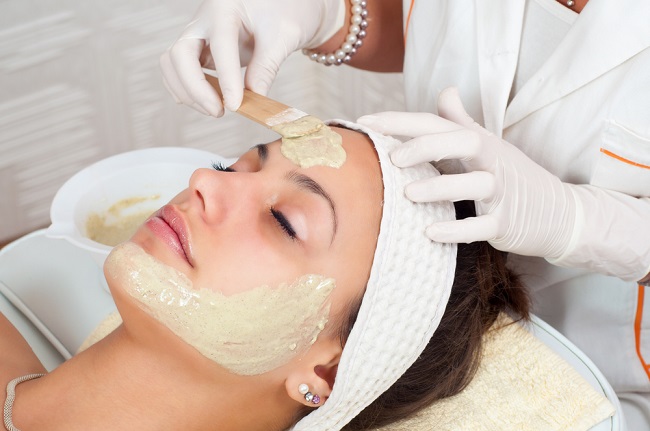Cryptorchidism is a condition in which a baby boy is born without one or both testes (testicles) in the scrotal sac. It is estimated that about 1 in 25 baby boys are born with this condition. Cryptorchidism is more at risk for babies born prematurely.
Cryptorchidism is known as 'undescended testes' which means the testicles are not descending. This is because almost all forms of cryptorchidism occur as a result of delayed or cessation of the process of descending the testes from the abdominal cavity into the scrotum.

Causes of Cryptorchidism
The process of formation and development of the testes in the uterus is divided into two phases. The first phase occurs in the early stages of pregnancy. In this phase, there is the formation of testes in the abdominal cavity which is influenced by androgen hormones. At this stage, problems are very rare.
The next phase begins at about the age of 7 months of pregnancy. In this phase, the testes that have been formed will gradually descend from the abdominal cavity through the inguinal canal along the groin to the scrotum.
Most cases of cryptorchidism occur in the second phase. So that the testes that have been formed experience delays in descending, do not descend so that they remain in the inguinal canal, are in the wrong place (ectopic), or rise back up into the inguinal canal after having descended previously (retractile).
Although rare, undescended or absent testicles in the scrotum can also be caused by abnormalities of testicular formation that occur in the first phase. As a result, the testes are not formed so they are not found in the scrotum or in the inguinal canal.
The exact cause of cryptorchidism is not known. However, genetic and environmental factors are thought to influence the occurrence of this condition.
In addition, there are a number of conditions in infants and pregnant women that are considered to increase the risk of cryptorchidism, namely:
- Premature birth, i.e. birth occurs before 37 weeks of gestation
- Born with low birth weight (LBW)
- Family history of cryptorchidism and sexual developmental disorders
- Exposure to chemicals, such as pesticides, diethylstilebestrol, phthalates, or dioxins during pregnancy
- History of frequent alcohol consumption during pregnancy
- History of exposure to cigarette smoke during pregnancy
- Obesity or diabetes experienced by the mother during pregnancy
Symptoms of Cryptorchidism
The testes are a pair of important glands in the male reproductive system. This organ functions to produce sperm and the hormone testosterone. This gland is oval in shape like an egg, has a soft texture, and is covered by a skin sac called the scrotum.
Under normal conditions, the testicles will descend and hang under the abdomen, precisely in the middle of the groin and behind the penis. These glands need to hang outside the body because sperm production requires a temperature lower than body temperature.
In cryptorchidism, one or both testicles are not in the scrotum when the baby is born. This condition can be immediately identified by the doctor by looking or feeling the baby's scrotal area, either when the baby is born or during a routine checkup.
There are no other specific symptoms of cryptorchidism. This condition does not cause pain or urinary problems in children. However, cryptorchidism that is not treated properly can cause impaired sperm production. Therefore, this condition needs to be addressed.
When to go to the doctor
Immediately consult a doctor if you find cryptorchidism in accordance with the characteristics mentioned above in your child. Treatment is necessary if the testicles do not descend until the child is 6 months of age to prevent complications.
Regular check-ups to the doctor are also recommended to monitor the baby's health condition, especially if the baby is born prematurely, has a low birth weight, or suffers from certain diseases. In general, babies are advised to have checkups at 3–5 days of age and then regularly at 1, 2, 4, 6, 9, and 12 months of age.
Cryptorchidism diagnosis
To diagnose cryptorchidism, the doctor will ask about the symptoms experienced, as well as the patient's and family's medical history. After that, the doctor will perform a physical examination by looking at and feeling the scrotum and testes area.
In some cases, the steps above are sufficient to diagnose cryptorchidism. But in some other cases, the testicles may not be palpable so that further examination is needed.
In addition, there are several other conditions that are also similar to cryptorchidism, such as hydrocele and hernia. To be sure, the following follow-up examinations may be carried out by a doctor, namely:
- Laparoscopy, which is the procedure of inserting a camera tube through a small incision in the baby's abdomen, to determine the location of the testes in detail
- Scan with ultrasound or MRI, to see a detailed picture of the testes and to determine the position of the testes
- Blood tests, to determine hormone levels associated with undescended or absent testicles in the scrotum
Cryptorchidism Treatment
Treatment of cryptorchidism aims to move the testicles to a normal position, namely in the scrotum. Before the baby is 6 months old, the doctor will not take special steps, because generally the testicles can still descend by themselves.
If after the age of 6 months the testicles do not descend, then further treatment is needed. Treatment should be done when the baby is 6-18 months old, in order to get the best results and prevent complications.
Treatment for cryptorchidism by a doctor may include:
Orchidopexy
Orchidopexy is surgery to move or position the testicles into the scrotum. The operation is performed by making an incision in the groin or abdominal area, followed by the process of transferring the testicles to the scrotum. If the testicle is higher or reaches the abdominal area, the doctor will perform a laparoscopy to help move the testicle.
After surgery, the doctor will perform an examination of the scrotum, followed by ultrasound, and hormone tests, periodically. This is done to ensure the function and position of the testes remain normal.
Hormone therapy
Hormone therapy is not always recommended. However, in some cases, the doctor may consider hormone therapy by injecting the hormone human chorionic gonadotropin (hCG) to stimulate the process of descent of the testes to occupy the scrotum.
Cryptorchidism Complications
If not treated properly, cryptorchidism can increase the risk of the following conditions:
- Testicular cancer
- Infertility or infertility
- inguinal hernia
- Stress due to empty scrotum
- Testicular torsion
Cryptorchidism Prevention
There is no specific prevention for cryptorchidism. However, there are several things that can be done to reduce the risk of this condition, namely:
- Carry out routine pregnancy control, i.e. once every 1 month in the first and second trimesters, and every 2 weeks in the third trimester
- Implementing a healthy lifestyle during pregnancy, such as eating nutritious food, exercising regularly, and staying away from cigarettes and alcoholic beverages
- Avoid contact with potentially hazardous chemicals during pregnancy, such as those found in pesticides, paints and cleaning products
- Maintain and control pre-existing health problems during pregnancy, such as diabetes or obesity

